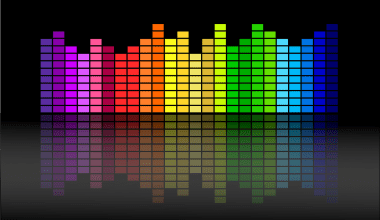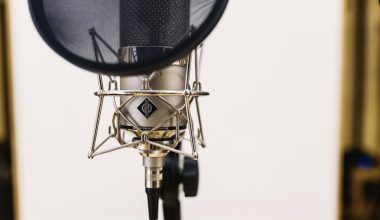When you’re an independent artist, releasing your album to a global audience is a dream come true. But hiring a distributor can sometimes feel like an unnecessary expense. The good news is, you can share your album on all digital stores without a distributor. It’s easier than you think and offers more control over your music and revenue. This guide will show you how.
Why Skip the Distributor?
Distributors charge fees or take a percentage of your earnings. While they handle the technicalities, you might feel disconnected from your music’s journey. By managing the release yourself, you can control every aspect and even save money.
The Basics of Digital Distribution
Before diving in, let’s clarify what digital distribution means. When you share your album on all digital stores, it means making your music available on platforms like Spotify, Apple Music, Amazon Music, and more. These stores have millions of users, giving you access to a global audience.
Setting Up for Success
Create a Strong Online Presence
Before uploading your album, ensure your online presence is strong. This includes having a professional website, active social media accounts, and engaging with fans regularly. Your fans will be the first to support your music.
Understand Licensing and Rights
When you release your album independently, you need to ensure you own all the rights to your music. This includes composition, lyrics, and recordings. Having the proper licenses in place ensures no legal issues arise later.
Prepare High-Quality Audio Files
Digital stores prioritize quality. Ensure your tracks are properly mixed and mastered. Save them in formats like WAV or FLAC to meet platform standards.
Design Attractive Cover Art
Your album cover is the first thing listeners notice. Invest in professional artwork that represents your music and grabs attention. Most platforms have specific requirements for cover art dimensions, so ensure it’s optimized.
1. Use Platform-Specific Upload Options
Some digital stores allow artists to upload their music directly. Platforms like Deliver My Tune and SoundCloud are great starting points. They also let you monetize your music through downloads or fan subscriptions.
2. Leverage Aggregator Tools
Aggregator tools, like Amuse or DistroKid’s free tier, are platforms that bridge the gap between you and digital stores. They don’t operate as traditional distributors, allowing more control over your release process.
3. Work Directly with DSPs
Reach out to Digital Service Providers (DSPs) like Apple Music and Spotify. Some platforms have direct upload options for independent artists, though this requires patience and persistence.
4. Use Social Media Platforms for Promotion
Instagram, Facebook, and TikTok have integrated music libraries. Upload your tracks directly through their tools to reach a wider audience. These platforms let users feature your music in stories, reels, and videos, enhancing discoverability.
5. Host Your Music on Your Website
Consider selling or streaming your album directly from your website. This gives you complete control over pricing, branding, and fan interactions. Platforms like Shopify or Bandzoogle make this easy to set up.
6. Tap into YouTube
YouTube is a powerful tool for music promotion. Create a YouTube channel, upload lyric videos or visuals for each track, and optimize your content with SEO techniques.
Promoting Your Album Without a Distributor
Build a Pre-Release Campaign
Start promoting your album weeks before the release date. Share teasers, behind-the-scenes content, and countdowns on social media to generate excitement.
Collaborate with Influencers
Influencers in your niche can help amplify your music. Partner with them to feature your album in their content or playlists.
Create a Press Kit
A press kit includes your album details, artist bio, and promotional images. Send it to music bloggers, journalists, and radio stations to gain coverage.
Engage with Fans Through Live Streams
Live streams on Instagram or YouTube are a great way to connect with fans. You can perform your album, answer questions, and share the story behind your music.
Maintain a Consistent Release Strategy
Plan Follow-Up Releases
Keep your audience engaged by releasing singles, remixes, or bonus tracks after your album launch.
Monitor Analytics
Track your music’s performance using tools provided by platforms like Spotify for Artists or YouTube Studio. Analytics help you understand what’s working and where to focus your efforts.
Experiment with Different Platforms
The digital landscape is constantly evolving. Experiment with emerging platforms like Audiomack or TikTok Music to find new listeners.
Stay Persistent and Adaptive
Releasing your album on all digital stores without a distributor takes effort, but it’s worth it. Stay persistent, adapt to new trends, and always prioritize connecting with your audience.
Conclusion
You don’t need a distributor to share your album on all digital stores. With the right tools, strategies, and a little creativity, you can release your music independently and reach listeners worldwide. Taking control of your music’s distribution not only saves money but also empowers you as an artist. So, get started today and let the world hear your album!
For further reading, explore these related articles:
- Monetize Your Single on iTunes with 100% Royalties
- Monetize Your Single on iTunes Without Paying Fees
- How to Monetize Your Single on iTunes and Multiple Platforms
For additional resources on music marketing and distribution, visit DMT RECORDS PRIVATE LIMITED.






